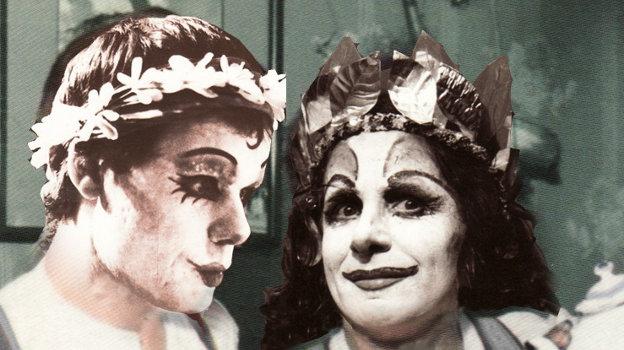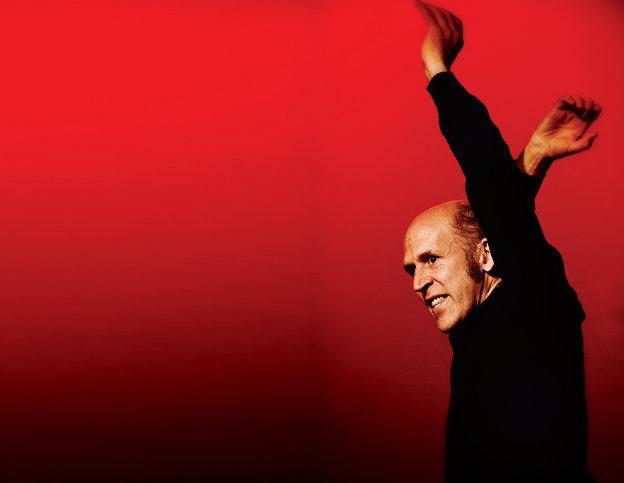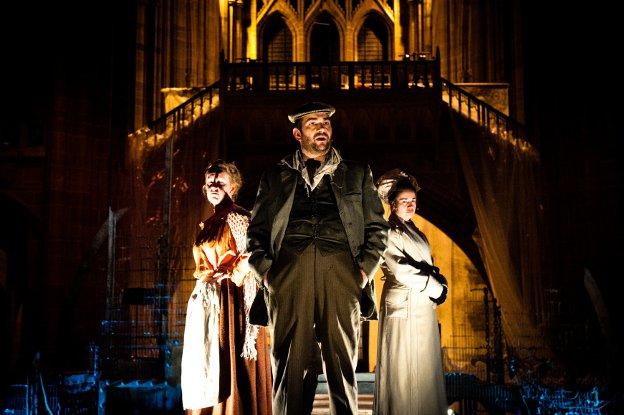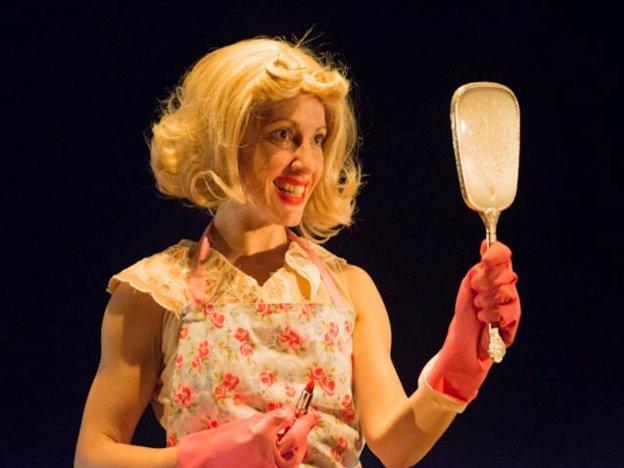Liverpool’s queer arts festival Homotopia has been a regular feature of the city’s jam-packed calendar for nine years. A month ago Gary Everett, its founder and artistic director, was named by the Independent on Sunday’s Pink Power List as one of the country’s movers and shakers. The accolade is a long time coming. Homotopia has championed all artforms alongside a sustained commitment to human rights. Indeed, a number of the major projects it has programmed have arisen out of the urgent issues facing gay and transgender peoples across the globe. International in reach but firmly rooted in its home city, the festival consolidates queer history as it nurtures queer futures, particularly in the form of its ‘Queercore’ programme. In the year of worldwide controversy about gay marriage and what it means to be queer in certain parts of the world in which it remains punishable by death, Homotopia has provocatively named ‘Traditional Family Values’ its overarching theme. It is unsurprising, then, that the festival should act as an annual barometer of where queer performance finds itself.
My journey through the festival began in the company of one dancer in the Unity Theatre’s upstairs bar. Performed by Darren Pritchard (artistic director of Manchester’s Company Fierce) and commissioned by Homotopia, 1 was six minutes that referenced the conventions of lap dancing with the critical reflexivity of contemporary dance. Played to Radiohead’s ‘Creep’, the fluid movements of a male dancer put the viewer in a compromised position in both moral (Am I the creep here for consenting to the dance?) and physical terms (This is too close for comfort. Am I being challenged to dance?). The lyrics spoke more about the literal positioning of the dancer – his isolation and vulnerability, paradoxical insofar as we could have reached out to each other by dancing together. But of course we didn’t. The odd moment in which he cast a glance at me or mimicked my physicality tipped the balance in his favour. It seems I needed him more than he needed me. The piece provoked thoughts about the blurring between entertainment and art, or more particularly still the sexual and gender politics of so-called ‘gentlemen’s clubs’, in which entertainment becomes a commodity artform in the terms of an exploitative one-to-one relationship. 1 served as a proxy of this grim reality.
In Truant Company’s The Right Ballerina, a female ballet dancer pays a heavy price for joining the BNP as a protest against Britain’s immigration system. Portrayed as an innocent sacrificed on the altar of freedom of expression, her membership leads the ballet company to the brink of total demise. Billy Cowan’s play is not-so-loosely based on real events at English National Ballet. Obscenely at odds with what it means to be an artist let alone a ballerina, such political views are (and were) ripe for sensationalist media attention. Perhaps this is why the writer converted the story into a thriller. The play began with an image of the ballerina in black, pirouetting for an imaginary audience whose adulation turns fast into catcalls and booing. At the end, having been strangled by her former lover not so much for the stress she creates for his position as the company’s artistic director but for the resurrected issue of her abortion of their child, the ballerina is in white. But was she really that innocent? During meetings with the company’s artistic director, the representative of the left-wing group protesting against the ballerina is incapable of compromise and hell-bent on protest just for the sake of it. Fishing utility bills out of his bag rather than communiqués from his organisation’s committee, the middle-aged militant in tan corduroy is caricatured as a bumbling idiot. What a calumny, I thought, against the left and its causes. None of the actors could be blamed for this. The actor playing the stereotypically flamboyant, sharp-tongued older gay man who swans in and out to admonish his artistic director for lack of nerve did his best to offset the sense that the production was putting it on with a trowel. Lacking intellectual rigour and overstuffed with stilted direction and choreographed scene changes that were over-determined rather than apt for the play’s subject, The Right Ballerina convinced me that moral dilemmas are sometimes best left to philosophers.
In Blackout: Twilight of the Idols, Dickie Beau’s angle on queer performance was subtle as it was startling. The camp and self-ironising art of lip-syncing characteristic of drag queens was transformed by a mute and ponderous dark clown situated behind a veil stretching across the entire stage. A capacious desk and classic typewriter on one side and a stool behind which a piece of white cloth hung from floor to ceiling on the other suggested a queerly postmodern Krapp’s Last Tape. Indeed, the queer idol worship of Marilyn Monroe and Judy Garland was explored in ways of which Samuel Beckett would no doubt have been proud. Governed by an impulse to recount memories looming large over a life, thoughts about time and the recorded voice, imitation and spectral echoing, were just some of the Beckettian tropes to which the performance was particularly attuned. A slow torrent of sound, moving image (projected onto the veil to astonishing effect), and live action responded to Garland’s progressively manic diaries and Monroe’s final taped interview. Moving between the facts and chilling reflections on Monroe’s rapidly deteriorating inner world, excerpts from Beau’s interview with Richard Meryman – the man in possession of the interview tape and interlocutor of the dead – confirmed the tragic inevitability and sordid nature of Monroe’s death. Amplified by vivid physical gestures loyal to the character of speech, Beau’s strikingly uncanny and accurate lip-syncing of all three voices suggested that idol worship was a process of ingestion. At one point pulling a seemingly endless roll of tape/paper from his mouth, the clown confirmed that idols become part of the fabric of the self; in queer experience, the body often plays host to the queer’s chosen saviour. By far the most impressive offering at this year’s festival, I greatly anticipate Dickie Beau’s future work. I would also hazard that the future of queer performance is likely to emerge from practices like his.
In a show about the highs and lows of entertainment and art, A Right Pair thrived on the intimacy between the audience and the performer. Long-time theatrical collaborators and partners Paul Shaw and Bette Bourne spoke about life lived on and off the boards, footnoting queer histories to immaculately performed set-pieces that vividly brought to life cherished memories. In the manner of ‘An Audience With…’ we were treated to participation from the audience, poignant and comic excerpts from the performers’ autobiography, celebrations of queer legends such as Quentin Crisp (a friend of Bourne’s) and Oscar Wilde, and at one point an exquisitely rescued lapse in memory which had Bourne walk across the stage exhorting his partner to take the script from the wings and ‘bring the bloody thing on; bring it on, darling!’. The show was a salutary reminder of how far queer performance, and let’s not forget queer life, has progressed because of figures like Bette Bourne. Recalling his time with a queer theatre troupe, Bourne made me realise again the considerable achievements of activism within the arts.
Traditional family values are always relative, constantly adjusting to the needs and desires of those who don’t fit in but who crave community. And the future does not materialise from nowhere but is forged from within the crucible of queer history. Whatever and whoever shapes the future of queer performance, Homotopia will undoubtedly be its chief custodian.









